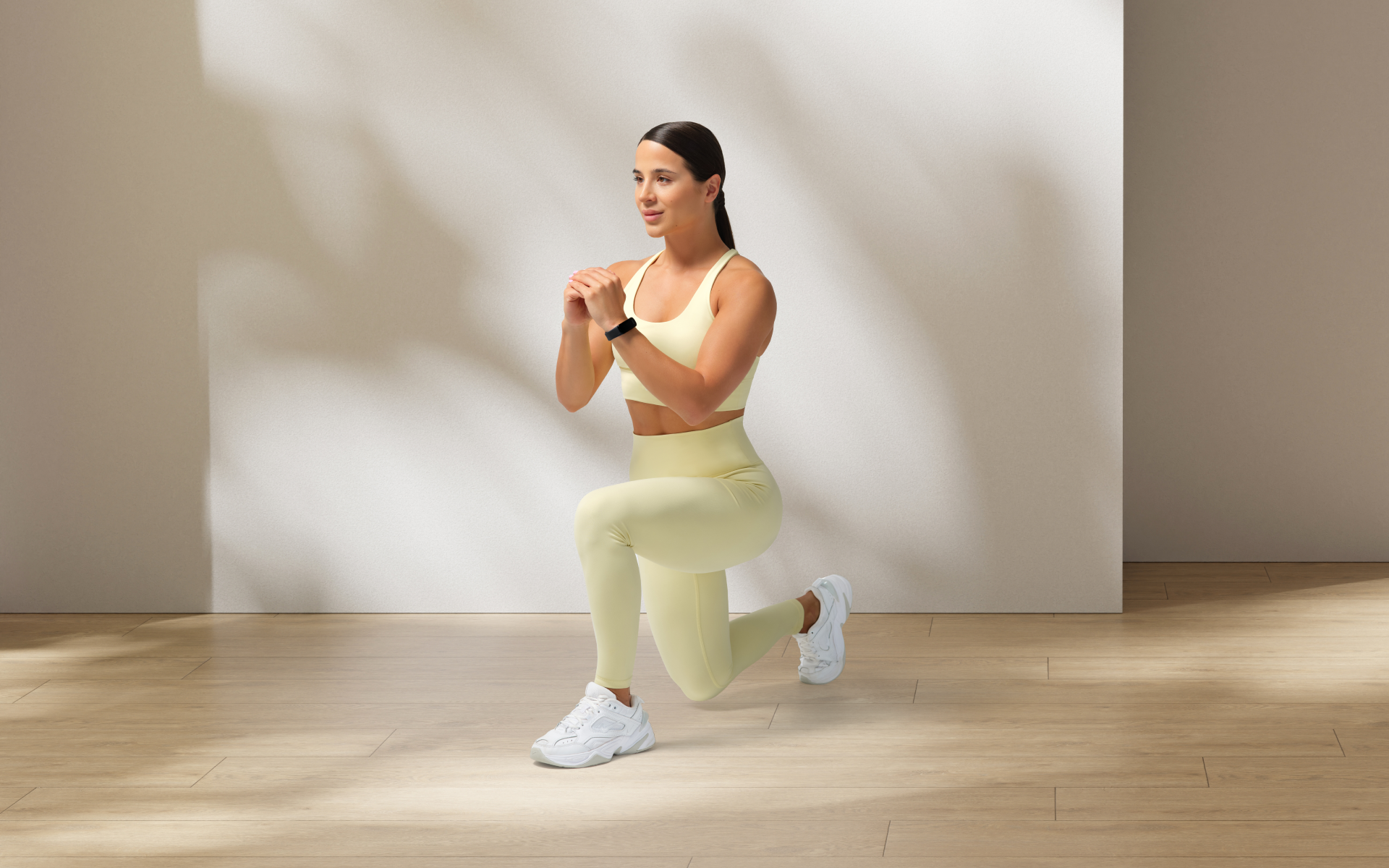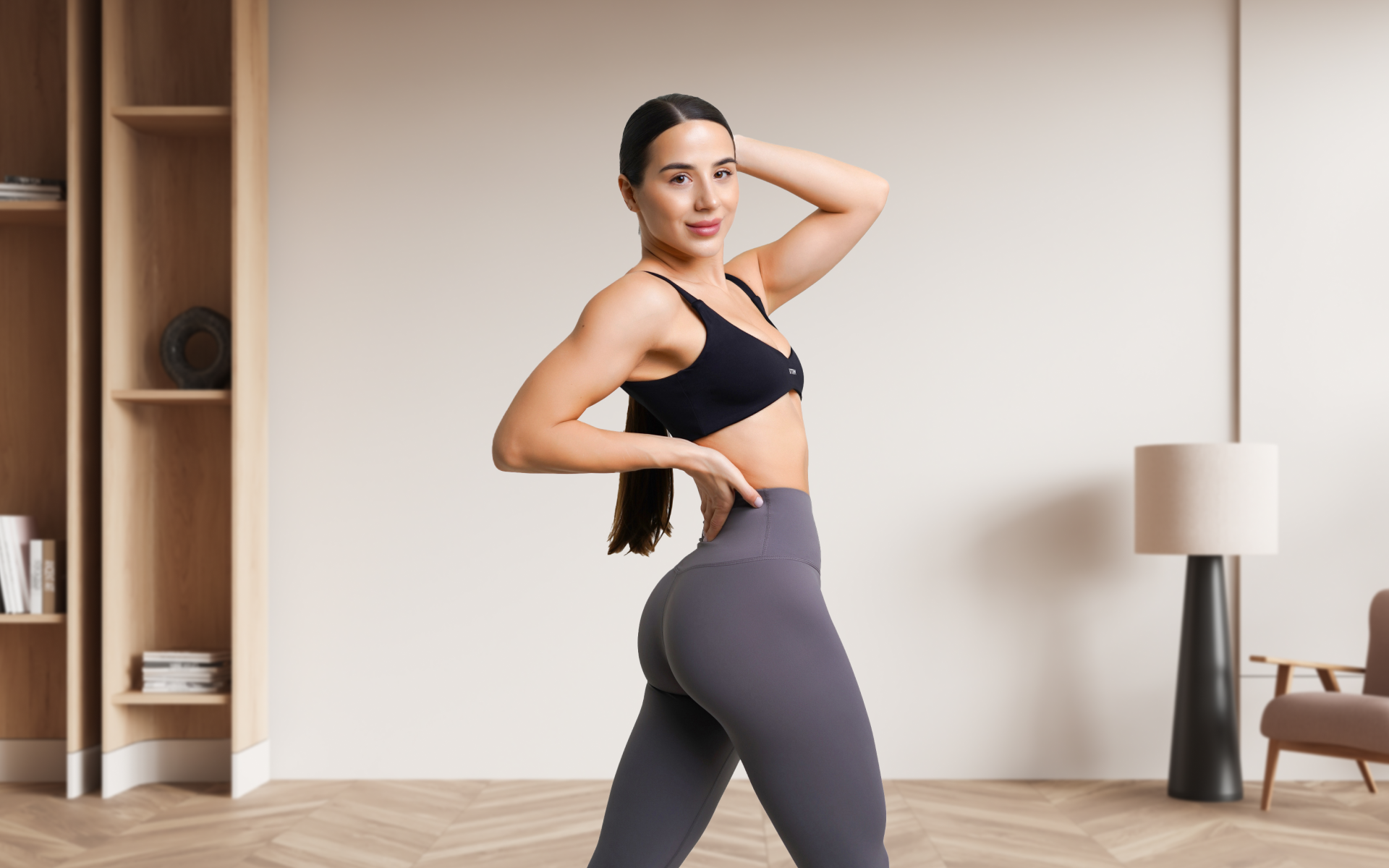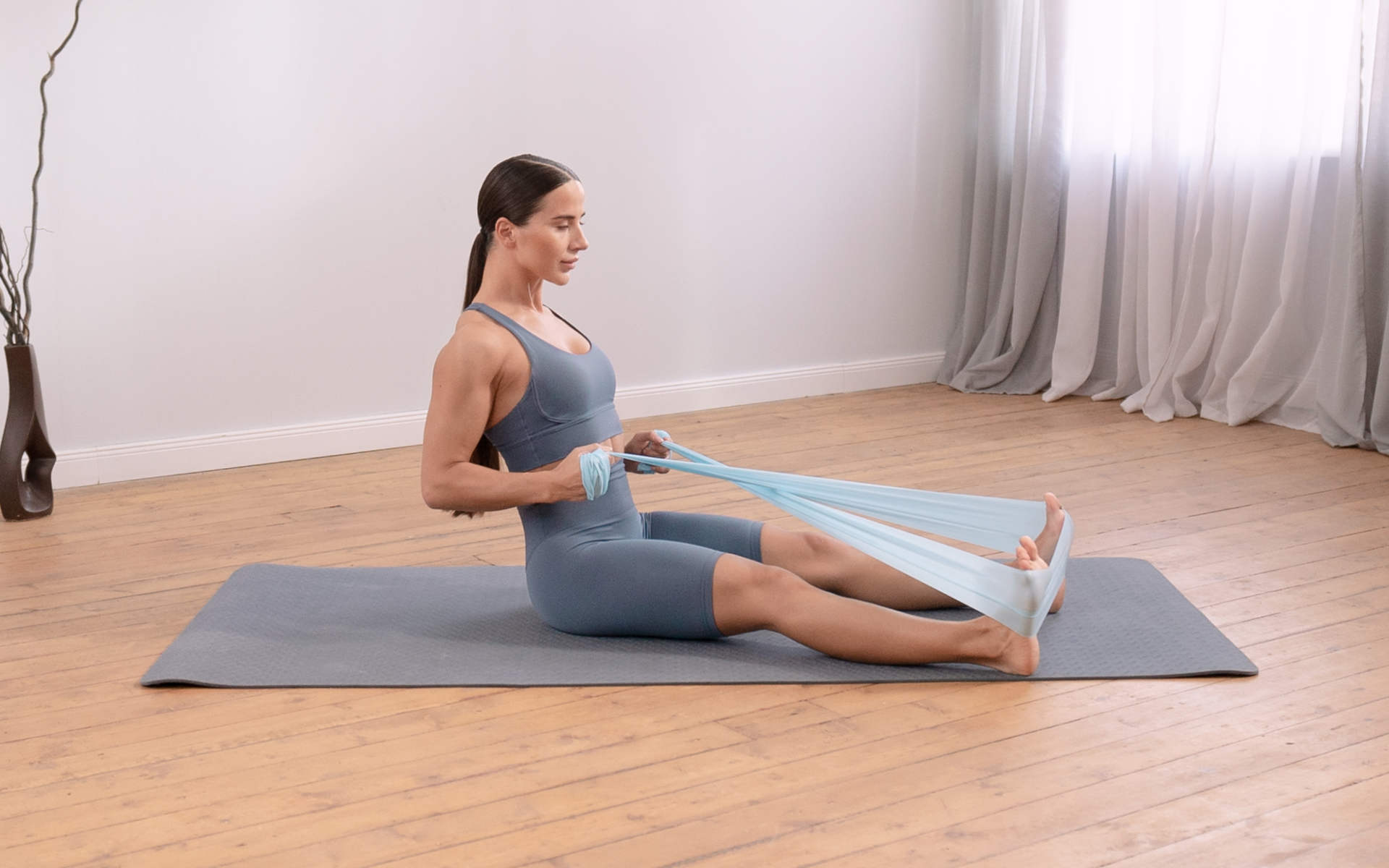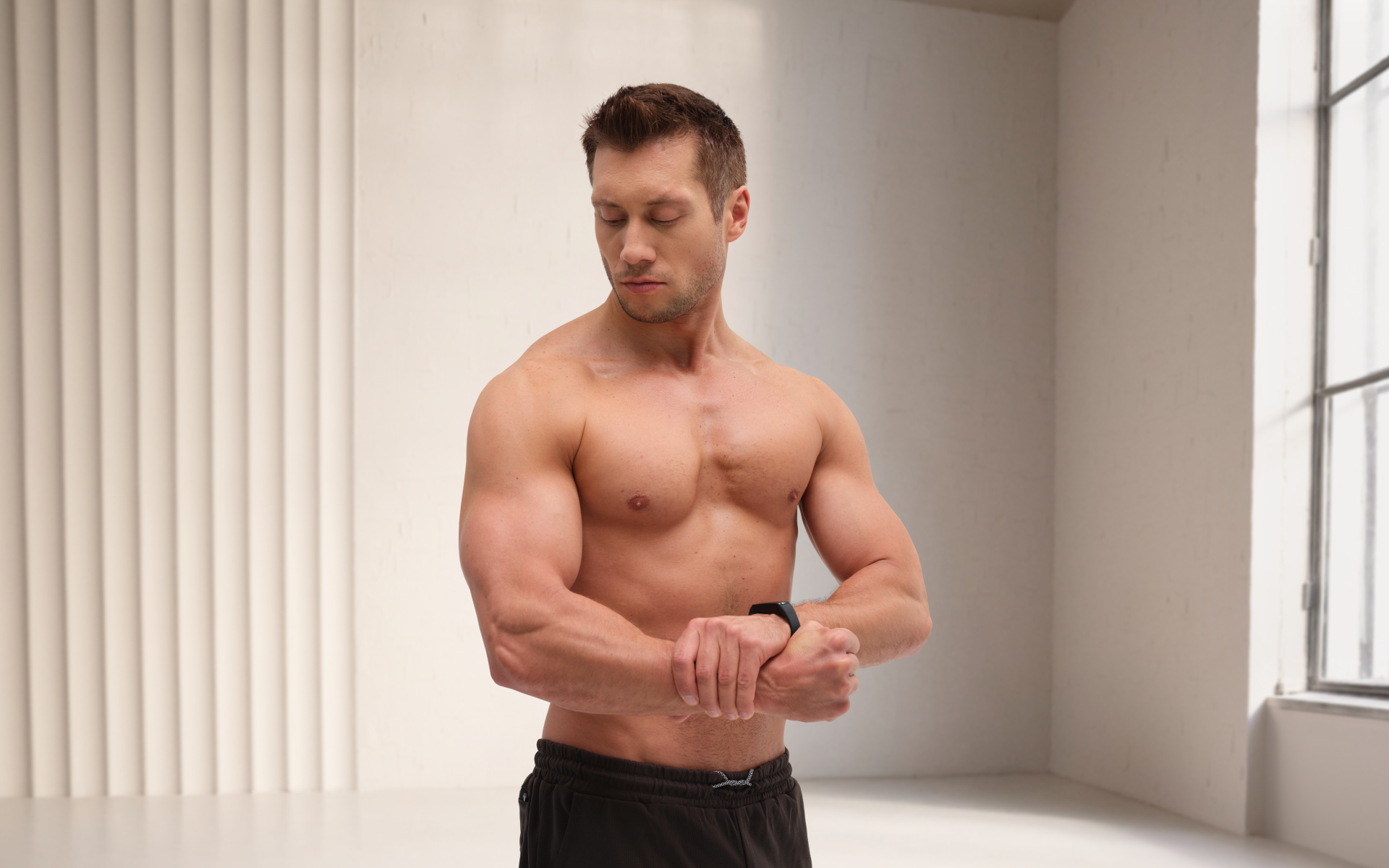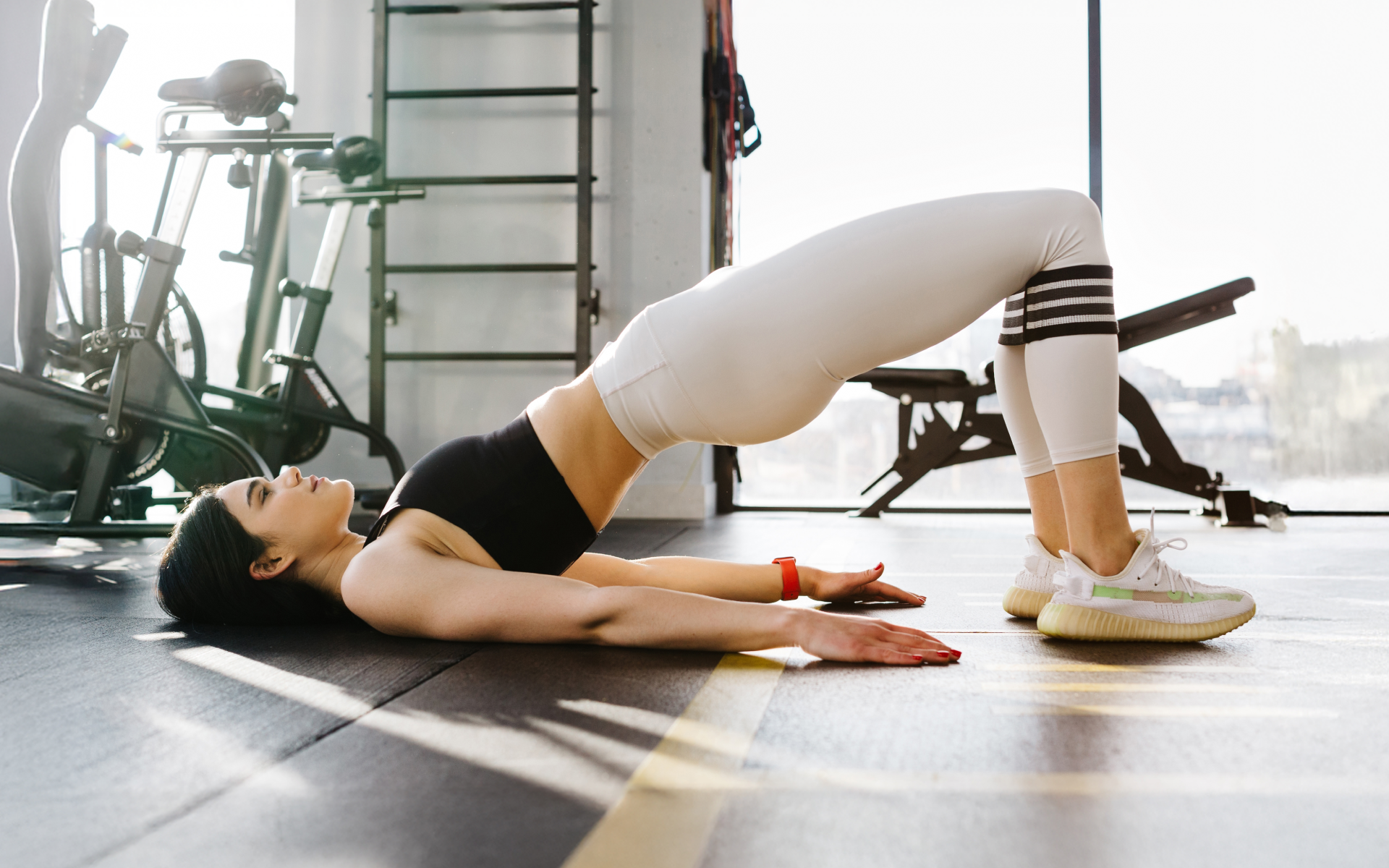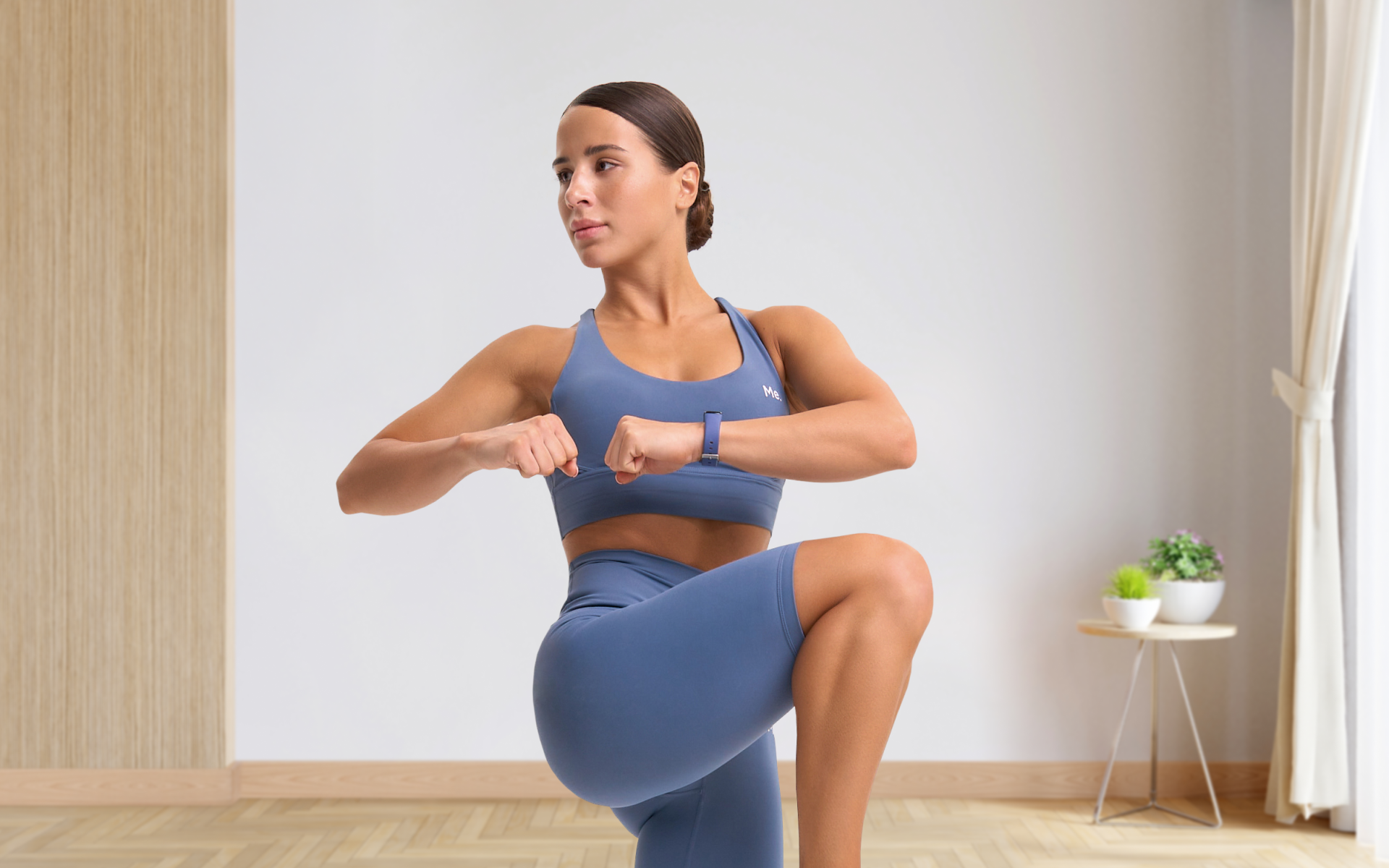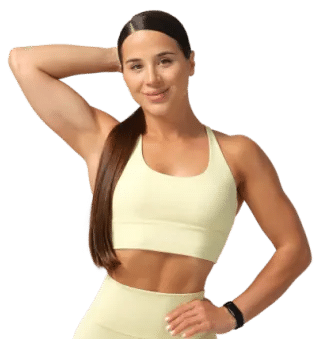If you’re aiming to build muscle and strength, improve endurance and flexibility, enhance postural awareness and control, and burn fat, a calisthenics workout plan for beginners is a great place to start.
As a beginner, it’s important to recognize that some exercises may initially be challenging. However, calisthenics is accessible and beginner-friendly, and consists of basic movement patterns that can be performed efficiently and with little to no equipment.
What Is the Best Calisthenics Workout Plan for Beginners at Home?
No single best calisthenics workout plan exists because everyone has different goals and starting points. Many calisthenics workout plans claim to be the best for beginners, but not all of them are the same in terms of duration, type of exercises, incorporated diets, reps, sets, and sessions. Therefore, the best calisthenics workout plan for beginners at home is one that considers the following:
- Number of sessions per week
- Types of exercises in each session
- Exact number of days/weeks to train
- Number of reps for each exercise and set
- Rest intervals between sessions
- Specific goals to achieve for your body
- Diet plan
Number of Sessions Per Week
It’s important for a workout plan to show the number of sessions that you need per week. For beginners, 3 – 4 times a week is a great place to start (3).
Types of Exercises for Each Session
There are several types of exercises that are good for beginner calisthenics. You can choose the ones you want to incorporate into your plan based on what you want to achieve. Some of these exercises include:
- Squats
- Lunges
- Planks
- Crunches
- Jump ropes
- Leg raises
- Dips
- Burpees
- Mountain climber
- Pull-ups
- Push-ups
- Kneeling leg lift
- Jumping jacks
BetterMe is your fast-track ticket to long-lasting weight loss! Tailor your fitness journey and maximize your results with just a couple of swipes!
Exact Number of Days/Weeks to Train
A calisthenics workout program must be specific regarding the duration of the exercises. Whether it’s 12 weeks, 6 months, or 30 days, the exercises should be well-defined within the duration.
Number of Reps for Each Exercise and Per Set
The best calisthenics workout should indicate the number of reps for each exercise. It should also indicate the number of reps per set. As previously mentioned, high-quality reps are more important than lower-quality ones. That being said, fewer high-quality reps per set can yield better results than more poor-quality reps.
Rest Intervals Between the Sessions
You should also include some rest between your workout sessions. You may alternate days if you’re doing 4 sessions in a week (4 days of exercises in a week). As with exercises, rest days are incredibly important as they help your body repair, recover, and grow stronger (2).
Specific Goals to Achieve for Your Body
Ultimately, what’s best for you will be dictated by your goals, time availability, and preferences. When determining how to structure your workout plan to best align with these factors, you should consider your workout split. Workout split refers to how your training sessions are structured within each training week. For example, you may want to focus on one body region more than another based on your strengths and weaknesses. To make this happen, you may not want to choose a split that alternates an upper-body day and a lower-body day, twice per week. You may instead choose to structure your plan in a less symmetrical fashion.
Examples of common workout splits are as follows:
- Full Body – exercises all the major muscle groups in every session. This option is often recommended for beginners.
- Upper/Lower Split – you may alternate workout sessions that target the upper body in one session, then the lower body in the following. This allows you to have a wide range of exercises available per session, but lets your upper body recover while you work your lower body and vice versa. This type of split is a good option if you’re unable to work out every other day during the week, and must work out on back-to-back days.
- Push, Pull, and Legs – This split involves doing all upper-body pushing exercises one day (push-ups, pike push-ups, tricep press-ups, etc), all upper-body pulling exercises another day (pull-ups, chin-ups, inverted rows, etc), and all lower-body exercises another day. This split makes it more difficult to target major muscle groups multiple times per week, while ensuring significant muscle recruitment for each workout.
If you’re looking to get into calisthenics but don’t know where to start, try our 30-day calisthenics workout plan for beginners. It provides effective and detailed workouts to get you on the right track to reach your goals.
Diet Plan
Your diet is important on your calisthenics journey. A good plan must incorporate a diet that’s well-balanced and suitable for helping you reach your goals. The best diet for calisthenics should have healthy fats, complex carbohydrates, proteins, vitamins, and other nutrients.
A healthy and balanced diet will ensure that you have the energy you need for the exercises and the nutrients you need for muscle growth and repair. In addition, it will ensure that you’re well-hydrated for the workouts and your overall health and well-being.
Read more: Calisthenics Back Workout: Sculpt a Stronger Back
Can I Learn Calisthenics at Home?
Yes, you can learn calisthenics at home. At-home calisthenics workouts may include simple exercises such as squats, jumping rope, crunches, push-ups, dips, and planks, among others that you can do at home, even with no equipment.
How Should a Beginner Start Calisthenics?
Start your calisthenics journey by mastering essential exercises that are suitable for beginners, then create a beginner calisthenics workout routine for a specific period. For example, your routine could be a 30-day calisthenics workout plan for beginners or a period that you’re comfortable with.
How to Start Calisthenics at Home
One of the good things about calisthenics is that you can do it anywhere, including in the comfort of your home. Whether it’s a calisthenics workout plan with or without equipment, there are simple steps to help you get started:
- Set realistic and achievable goals
- Master essential exercises or movements
- Create a realistic and sustainable routine
- Monitor the results
Set Realistic and Achievable Goals
What goals do you want to achieve? Are they achievable with this kind of exercise? It’s important to note that calisthenics are effective for building strength, improving postural awareness and control, improving flexibility and mobility, and increasing muscle endurance.
At the same time, spot reducing fat from a specific area of your body is not possible through any type of exercise. In other words, you can’t specifically target the excess adipose tissue in an area of your body by performing certain exercises or movements that engage the muscles that lie beneath it. Fat reduction occurs when an individual consistently achieves a caloric deficit (expending more calories than are consumed). Body fat percentage will decrease in a relatively even distribution throughout the body, although the exact distribution of fat loss is dependent on variables such as your body type and genetics (5). (5). Therefore, setting realistic and achievable goals is the key to short- and long-term success. 
Master Essential Exercises or Movements
It’s important to understand the types of exercises to conduct during your calisthenics workout journey. This may comprise beginner-friendly calisthenics exercises such as bodyweight squats, planks, chair dips, reverse crunches, mountain climbers, push-ups, and pull-ups. Mastering the basic movement patterns will lay the foundation for more advanced variations in the future.
When it comes to mastering basic movements, don’t focus on how many reps you can do, but on the quality of those reps. Start slow and simple and build up gradually.
If you’ve mustered up the courage to crush your weight loss goal, let BetterMe take the sting out of this demanding process. Our app will help you restructure your habits, remold your life and crank up your fitness results!
Create a Workable Routine
As previously discussed, many people find a 30-day calisthenics workout plan for beginners to be a good place to start. This workout plan comprises a variety of exercises that target different groups of muscles and is spread throughout 30 days. There are also a number of days to rest in between the sessions, which will facilitate proper recovery.
However, if a 30-day plan isn’t right for you, choose a realistic timeline for your schedule. Consistency is the most important factor for long-term success. If you don’t create a plan that’s sustainable, you won’t experience the type of success that only weeks, months, and years of hard work can produce.
Many beginners become overzealous when they decide they’re going to start exercising and do way too much way too soon. This strategy often leads to burnout and injury, which then discourages them from returning to an active lifestyle. Start slower and simpler than you think you need to and build on your foundation gradually.
Monitor the Results
Monitoring your results is important to help you understand the effectiveness of your workouts. After a certain period of your training, you can check on your results by assessing the following:
- How many high-quality reps can you perform now vs when you started for a particular exercise?
- The extent to which your body composition has changed
- Your consistency throughout the training period
- The current intensity of your workouts compared to when you started
- The weights you can lift after a specific period of your training
Some people also like to take progress photos every week or month throughout their training journey. This helps them monitor their body changes visually. In addition, many individuals find motivation and value in using a fitness tracker such as the BetterMe Band to help visualize fitness data and progress. 
How Long Should a Beginner Calisthenics Workout Be?
It is important for beginners to start with low volume and focus on mastering the basic movement patterns. Two to three sets of three to four exercises is a good starting point for an untrained individual. Including a 5-10 minute warm-up, 60-90 seconds between each set, and a 5-10 minute cool-down, your entire workout will be around 30 minutes.
How Long Before I See Calisthenics Results?
As a novice, neuromuscular adaptations will occur quickly, likely within the first couple of weeks of training. This means you’ll probably feel a lot stronger early on, even though you won’t actually be a lot stronger. Neuromuscular adaptations refer to improvements in sequencing and coordination of the movement patterns. As your ‘mind-muscle connection’ improves in your first couple of weeks, your body will become far more efficient at performing the exercises, which will make the exercises feel much easier. This isn’t truly a gain in muscular strength.
Muscular strength and size will start to become apparent after a couple of months of consistent training at appropriate training volumes. Fat loss is primarily dependent on diet, while the caloric expenditure of exercise provides an assistive effect. Therefore, the rate of expected fat loss during a calisthenics program is quite difficult to determine as it’s dependent on calories in vs calories out. Even if you experience progressive strength and hypertrophy gains in the first few months of training, you won’t necessarily experience weight loss.
Some of the most important factors that dictate the timeline of your results include:
- Genetics
- Diet
- Initial fitness level
- Consistency of your workouts
- Intensity of your exercises
- Workout programming (how your plan is designed and executed)
Read more: Best Calisthenics Program for Total Body Fitness
How to Make A Calisthenics Plan
To make a calisthenics plan, you need to first understand your fitness level, decide the specific goals you want to achieve, know the type of exercises and how to conduct them progressively, divide your workouts into sessions, sets, and number of reps, and ensure your plan is realistic and sustainable to implement.
Calisthenics Workout Plan for Beginners at Home
As calisthenics generally involves little to no equipment, and the equipment that is integrated can often be found in public parks, there’s a very low barrier to entry. Creating a plan that is both beginner-friendly and can be performed entirely from your home is not only possible, it’s quite common.
For the majority of the basic movement patterns and exercises that were discussed earlier in this article, all you need is a little space and your body. This is what makes calisthenics training one of the most accessible forms of exercise.
FAQs
Is 20 minutes of calisthenics enough?
20 minutes is plenty of time to do a highly effective workout. However, whether 20 minutes is enough for you depends on your training structure. As a beginner, 20 minutes is certainly enough time, not counting warm-up and cool-down time.
Even intermediate and advanced trainees can see great results with 20-minute workouts if they’re structured at a high intensity. High-intensity interval training (HIIT) has significant research supporting its efficacy, even for workouts that last for less than 20 minutes (6).
Is 30 too late for calisthenics?
30 is not too late for calisthenics. You can start calisthenics exercises at any age. Calisthenics workouts range from simple to more advanced ones and are suitable for any fitness level or age.
Is it OK to do a calisthenics workout every day?
Doing simple and short-duration calisthenics every day is generally okay to do if your training volume per day is low enough that your body can adequately recover. However, it’s generally recommended to utilize a calisthenics training plan that allows for 2-5 training sessions per week with the other days used as active rest days.
Is calisthenics better than the gym?
Whether calisthenics or traditional weight training is “better” is dependent on your goals and preferences. If the price of a gym membership isn’t feasible, you have no gyms nearby, or you simply don’t enjoy the gym environment, then calisthenics will be better for you as you’re more likely to enjoy it and stick with it. On the other hand, traditional weight training offers more exercise options due to the ability to use free weights, cables, machines, and a variety of other equipment, in addition to performing calisthenic exercises to enhance or supplement your training. Progressive overload is typically easier to achieve with weight training as you can gradually and incrementally add resistance.
There’s no single right answer to this question. Both options can produce excellent results, so it simply comes down to what you prefer. Many people incorporate some of both into their strength training routines.
The Bottom Line
To summarize, it’s evident that a calisthenics workout plan for beginners at home requires commitment, consistency, and the right approach. When you have that, you’ll start to see the results of your transformation journey from the first few weeks to several months of practice.
The structure of your plan is also dependent on several factors such as your body goals, whether or not you have equipment available, the types of exercises incorporated, and your diet. If you’re thinking about an already existing plan, you can try a 30-day calisthenics workout plan and monitor your results throughout.
DISCLAIMER:
This article is intended for general informational purposes only and does not serve to address individual circumstances. It is not a substitute for professional advice or help and should not be relied on for making any kind of decision-making. Any action taken as a direct or indirect result of the information in this article is entirely at your own risk and is your sole responsibility.
BetterMe, its content staff, and its medical advisors accept no responsibility for inaccuracies, errors, misstatements, inconsistencies, or omissions and specifically disclaim any liability, loss or risk, personal, professional or otherwise, which may be incurred as a consequence, directly or indirectly, of the use and/or application of any content.
You should always seek the advice of your physician or other qualified health provider with any questions you may have regarding a medical condition or your specific situation. Never disregard professional medical advice or delay seeking it because of BetterMe content. If you suspect or think you may have a medical emergency, call your doctor.
SOURCES
- The Impact of Duration on Effectiveness of Exercise, The Implication for Periodization of Training and Goal Setting for Individuals Who Are Overfat, A Meta-Analysis (2016, ncbi.nlm.nih.gov).
- The Importance of Rest Days (n.d., thebodycoach.com).
- Effect of Progressive Calisthenic Push-Up Training on Muscle Strength & Thickness (2016, library.ndsu.edu).
- How Long Does It Take Until I See Results With Calisthenic Training? (n.d., quora.com).
- Spot Reduction: Why Targeting Weight Loss to A Specific Area Is A Myth (2023, sydney.edu.au).
- Evidence-Based Effects of High-Intensity Interval Training on Exercise Capacity and Health: A Review with Historical Perspective (2021, ncbi.nlm.nih.gov).

